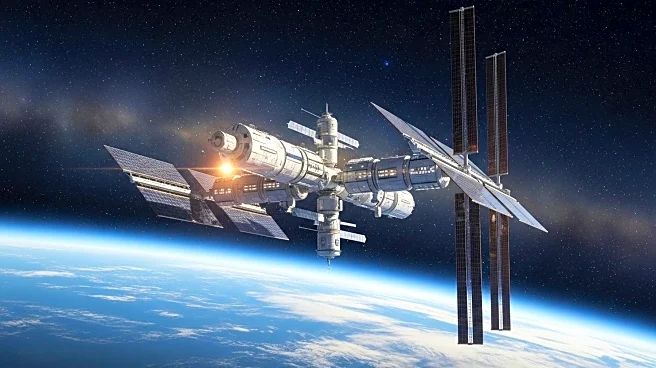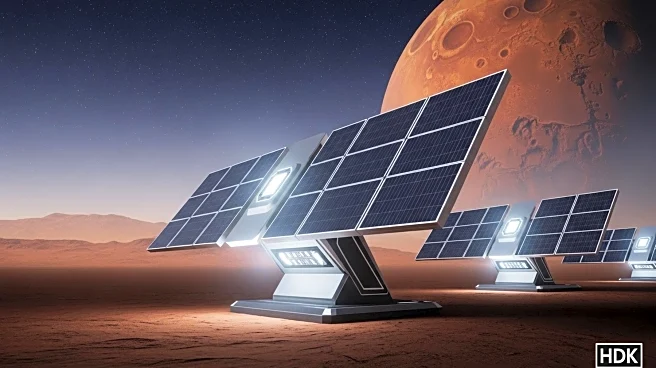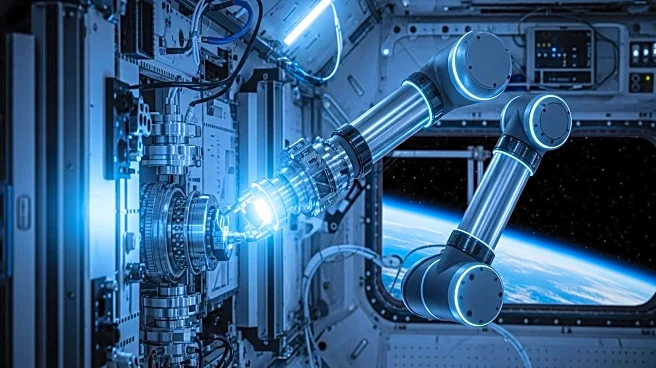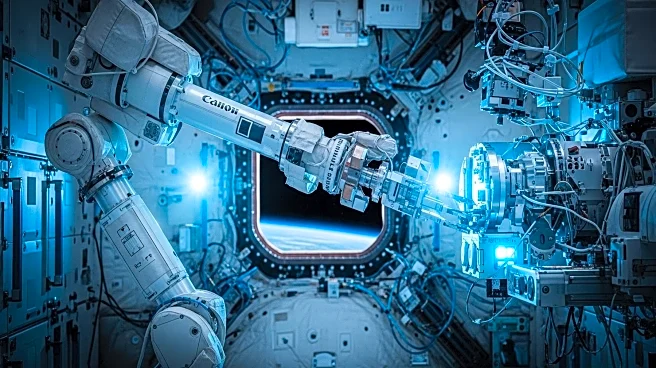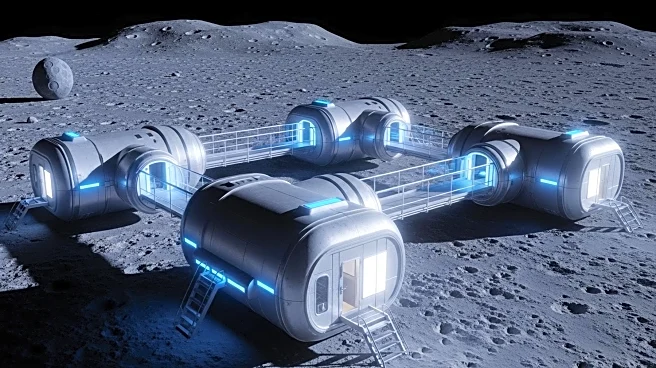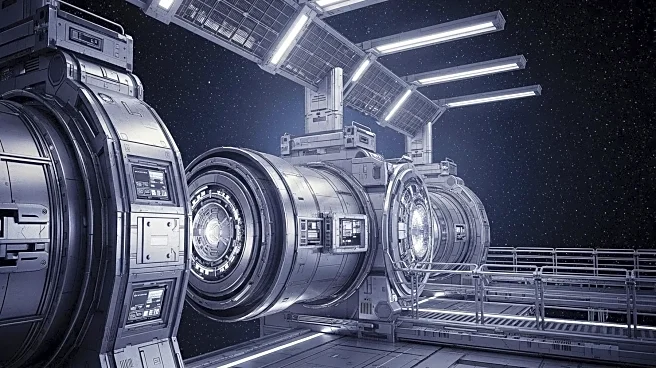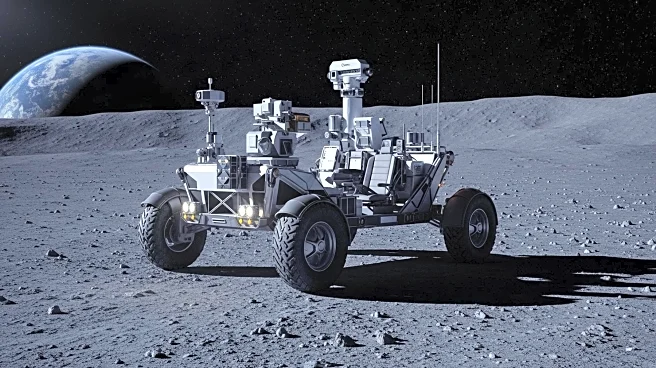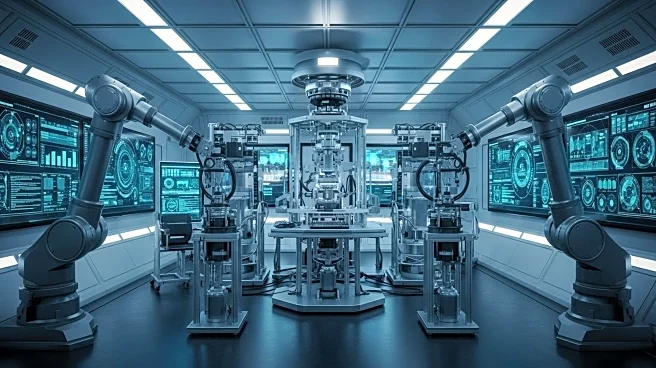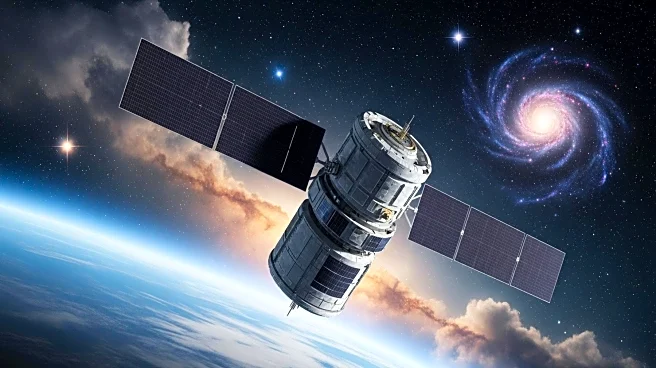What's Happening?
NASA is preparing to retire the International Space Station (ISS) by 2030, marking a significant shift towards commercial space stations. The ISS has been instrumental in developing technologies and systems necessary for long-duration space missions, such as advanced life-support systems and 3D printing in space. As the ISS era ends, NASA is encouraging private companies to develop their own space stations, with Axiom Space, Starlab Space, Orbital Reef, and Vast leading the charge. These companies are working on various projects, with Axiom planning to attach a module to the ISS by 2027 and Starlab aiming to launch a single-module station by 2029.
Why It's Important?
The transition from a government-led space station to commercial ones represents a pivotal moment in space exploration. It opens up new opportunities for private industry to innovate and expand human presence in space. This shift could lead to more cost-effective and diverse space missions, fostering a competitive market that accelerates technological advancements. The success of these commercial stations is crucial for maintaining U.S. leadership in space exploration, especially as other nations, like China with its Tiangong station, continue to advance their own space capabilities.
What's Next?
NASA plans to issue a Phase 2 call for proposals in late 2025 to fund multiple commercial stations, with winners announced in early 2026. The agency will then purchase services from these stations through competitive contracts. The development of these stations will be closely watched, as they will play a critical role in future missions to the Moon and Mars. The outcome of this commercial space race will determine the next phase of human space exploration and the U.S.'s position in it.

